TRAINING TIME: Core Training, Part II, Goals and progression
CalHiSports Insights December 20, 2012 SportStars 0
In my last article I discussed the importance of core stability and how vital it is for optimal force generation in sport performance and injury reduction. This week we’ll take a closer look at core training.
Core training is more than just training the abdominals, it involves a systematic and progressive approach for maximizing on-field performance and the long term health of athletes. So even though my focus is more on the trunk muscles in this article, an athlete’s loss of mobility in ankles, hips and thoracic spine (upper-back) will negatively affect their stability and ability to produce and transfer force for optimal sports performance. This should hammer home the importance of coaches and trainers properly assessing athletes before throwing them through movements that can do little in the way of sports enhancement and injury prevention.
This is how I progress my athletes and the specific goals of each phase. Examples for each of these phases can be found in the online version of this column at SportStarsOnline.com
1. Foundational Stability: Develop a foundation the athlete can build from going forward from the inside out. The goal is to develop and restore inner/deep core function. Teach them to re-engage the diaphragm (breathing patterns) in the anterior (front), lateral (side) and posterior (back) for creating stability all around the spine. Then integrate these breathing patterns into planks teaching neutral spine.
2. Isolated Stability: Increase isolative core stability relative to hip stiffness. In other words, we want stability to come from the core not the hips. This is where we start to integrate movements where your athletes are learning to prevent or resist extension, flexion, lateral flexion, flexion and rotation of the spine.
3.Integrated Stability: The goal here is to improve stability in all planes of movement and all movement patterns. This is where we put all the pieces together to rebuild and re-groove movements such as the squat, dead lift and pressing, etc.
4. Sport performance-specific: Improve stability in sport-specific conditions that will ensure maximal performance. This is where we separate sporting movement from weight room movement (speed, power and fatigue). At this point the athlete is proficient at creating stability through accelerative movements more specific to sporting movements.
In this phase it’s important to assess the demands of your athletes’ sport (movement patterns, speed, power and fatigue) when it comes to training the qualities that will result in optimal performance transfer from the gym.
The fact is that core and lumbar stability are vital for both performance and injury prevention in your athletes, and it’s more than just training your abs. Your athletes need to be assessed first and then properly progressed through a program that takes them from general preparation to sport-specific situations. This is key for optimal performance and long-term success in their respective sports.
SportStars
SportStars Magazine: High School Sports Articles Online SportStars is your go-to source for the very best high school sports articles in California. Player and team profiles, game coverage, health and fitness tips and the largest Camps, Clinics & Combine resource for athletes. We're the story behind the stats.

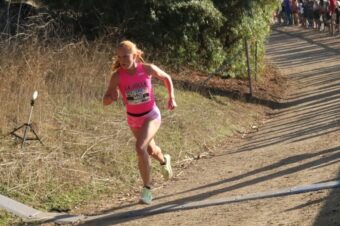
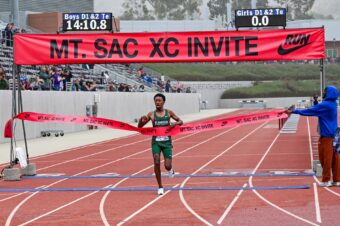

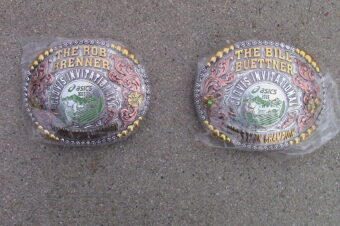


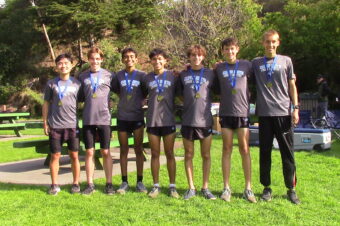
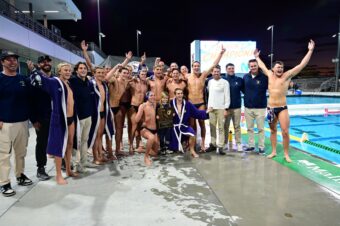
No comments so far.
Be first to leave comment below.